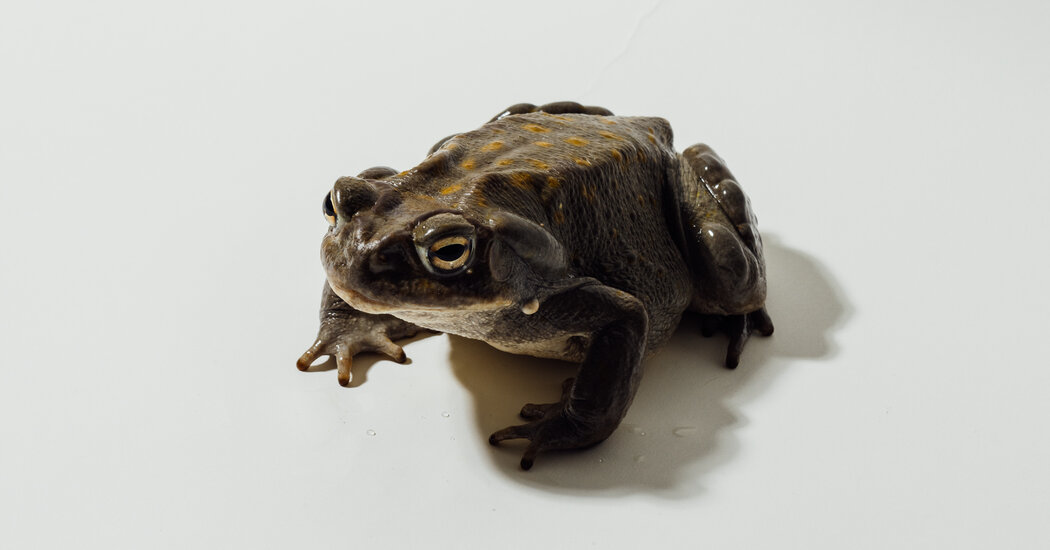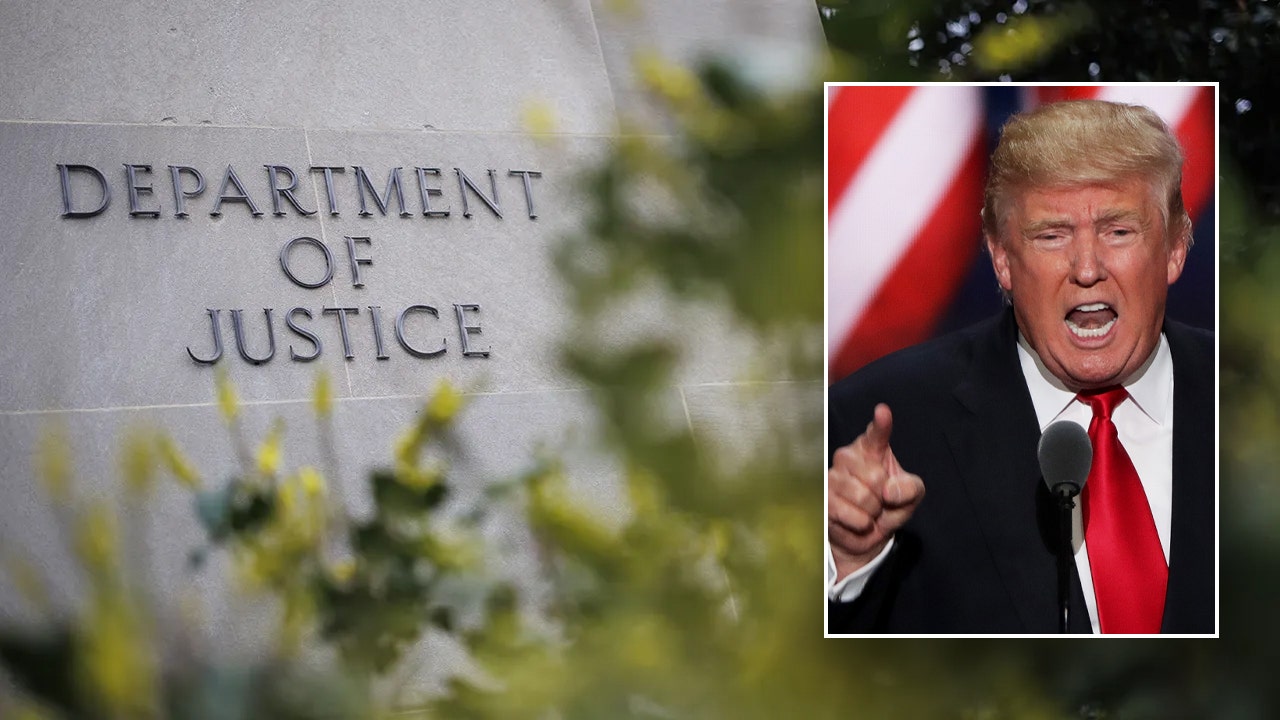TikTok-owner ByteDance plans to spend more than $12bn on artificial intelligence infrastructure this year, betting on the cutting-edge technology for new growth while under pressure from Washington to sell its popular video-sharing app in the US.
The Beijing-based company has budgeted Rmb40bn ($5.5bn) to acquire AI chips in China in 2025, according to two people familiar with the plans, which would double the amount it spent last year. The group also plans to invest about $6.8bn overseas to beef up its foundation model training capabilities using advanced Nvidia chips.
About 60 per cent of ByteDance’s domestic semiconductor orders would go to Chinese suppliers such as Huawei and Cambricon, while the rest would be spent on Nvidia chips that have been watered down to align with US export controls, according to the people.
Beijing has given Chinese tech companies informal guidance to buy at least 30 per cent of their chips from the country’s own suppliers, the people added.
The $6.8bn in overseas investment was budgeted to build out ByteDance’s AI computing capacity for model training. This investment could face challenges from recently expanded US export controls designed to hamper Chinese companies building sensitive technologies.
The push comes as ByteDance faces pressure in its core social media business. TikTok restored service to 170mn US users on Sunday after the country’s incoming President Donald Trump vowed that companies that distributed and hosted the platform would not be held liable for violating a US law that banned the video app unless it was sold.
While Trump signed an executive order on Monday to keep TikTok open for 75 days, he said he wanted a US company to have 50 per cent ownership in TikTok in the future. Trump said he could “certainly” put tariffs on China if it rejected a deal.
Any such transaction could affect plans for a future ByteDance initial public offering, with the company valuing itself at $300bn during a recent share buyback programme.
The company drew up its huge purchasing budget for graphic processing units in 2025 before the recent interventions in the US.
ByteDance, which under the direction of the tech group’s founder Zhang Yiming has become the frontrunner in China’s AI race, is doubling down to build out its own AI infrastructure to train its foundation model, as well as to implement AI functions across its various platforms.
It has ramped up computing capacity in south-east Asia, particularly in Malaysia. Though Chinese companies have been banned from purchasing Nvidia chips outside of the US since 2023, they have been able to secure access to chips through rental agreements with third-party data centre providers, several industry insiders said.

This loophole was closed last week by the outgoing Biden administration, which issued new rules that the identity of both the owner and operator of the chips must undergo a review process.
While Trump could take a different stance on export controls, the regulations — if strictly implemented — would make ByteDance’s chip purchases overseas more difficult than ever.
It has already made large orders to build up overseas AI capacity this year, such as through rental agreements, according to one of the people. It should be sufficient for most of the company’s needs in 2025 but what happened after that remained uncertain, the person added.
ByteDance’s budget for purchases of AI chips overseas was previously reported by news outlet The Information. In response to the FT’s reporting, ByteDance said: “The anonymously sourced information about our plan is incorrect.”
ByteDance also faces challenges from deep-pocketed local competitors, such as Baidu, Alibaba and Tencent, which are investing heavily in generative AI. Alongside these rivals, it has been pushing out more capable models and lowering costs for developers.
Chinese companies still need to build up the capacity of AI data centres onshore to support the use of AI applications even after the models have been trained.
ByteDance plans to use most of its Chinese AI chips — including Huawei’s Ascend and Cambricon — for “inference” tasks, the computation undertaken by large language models to generate a response to a prompt.
ByteDance released its AI chatbot Doubao in August 2023 and the AI app has become China’s most popular AI application, according to website analytics site Aicpb.com.
Doubao, which means “beanbag” in Chinese, had 71mn regular monthly active users as of December, compared with OpenAI’s 300mn weekly active users globally.
Nvidia recorded $11.6bn in revenue from China, including Hong Kong, or about 13 per cent of its global total, during the first three quarters of 2024, according to company filings.
ByteDance is by far the largest client for Nvidia in China. The TikTok parent can only buy less advanced chips such as Nvidia’s H20 for Chinese data centres, a specialised and less-powerful version of its GPUs tailored to align with US export controls.
In 2024, it ordered about 230,000 of Nvidia’s chips, mostly H20s, according to estimates from tech consultancy Omdia. This compares with 485,000 of the more advanced “Hopper” chips bought by Microsoft last year and the 224,000 acquired by Meta.
Tech companies around the world have spent an estimated $229bn on servers in 2024, according to Omdia, led by Microsoft’s $31bn in capital expenditure and Amazon’s $26bn.
Additional reporting by Ryan McMorrow in Beijing and Demetri Sevastopulo in Washington




















/cdn.vox-cdn.com/uploads/chorus_asset/file/25826211/lorealcellbioprint.jpg)
/cdn.vox-cdn.com/uploads/chorus_asset/file/25832751/2192581677.jpg)

/cdn.vox-cdn.com/uploads/chorus_asset/file/25835602/Switch_DonkeyKongCountryReturnsHD_scrn_19.png)

/cdn.vox-cdn.com/uploads/chorus_asset/file/24774110/STK156_Instagram_threads_1.jpg)

